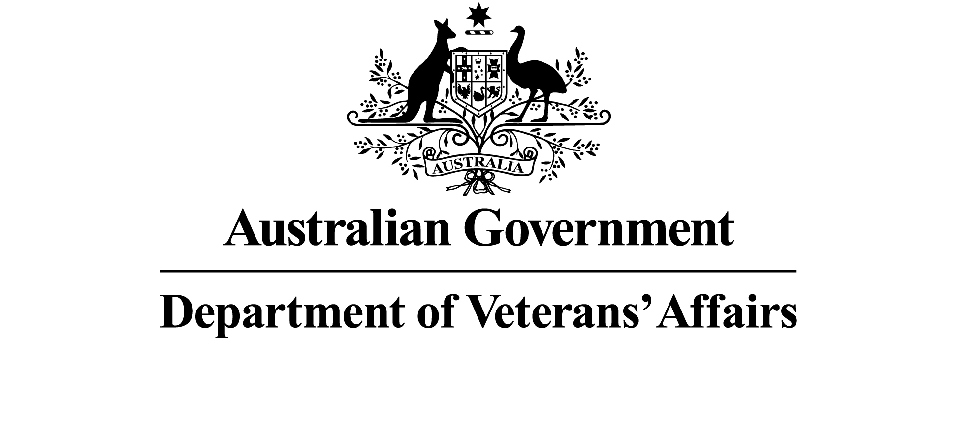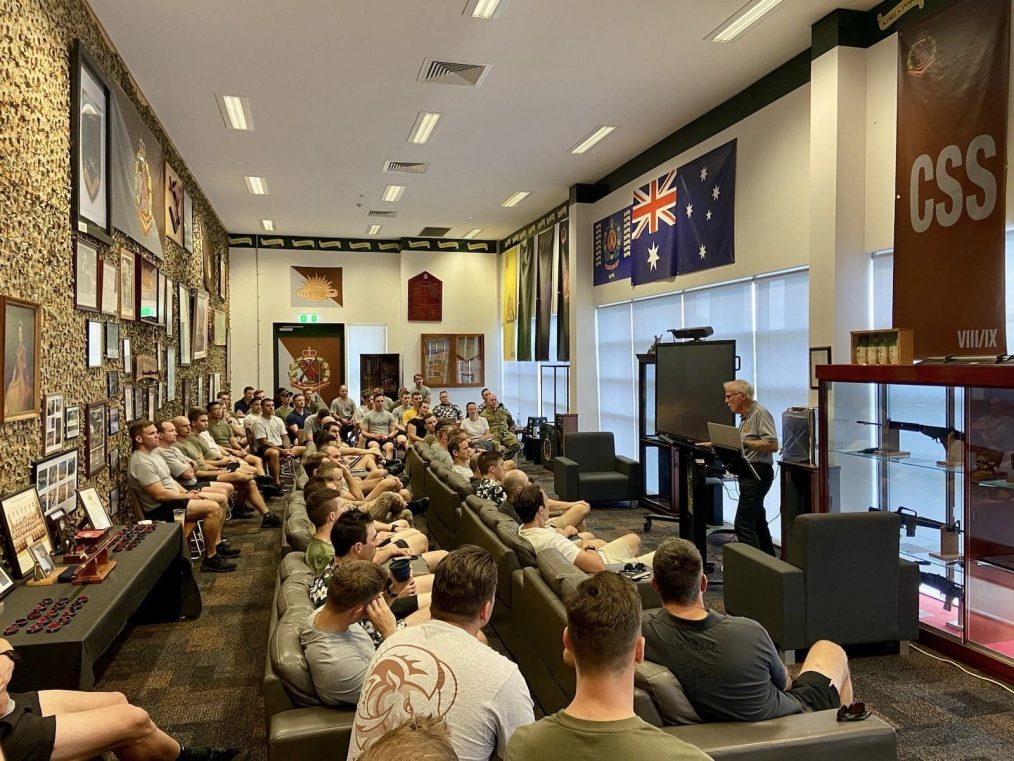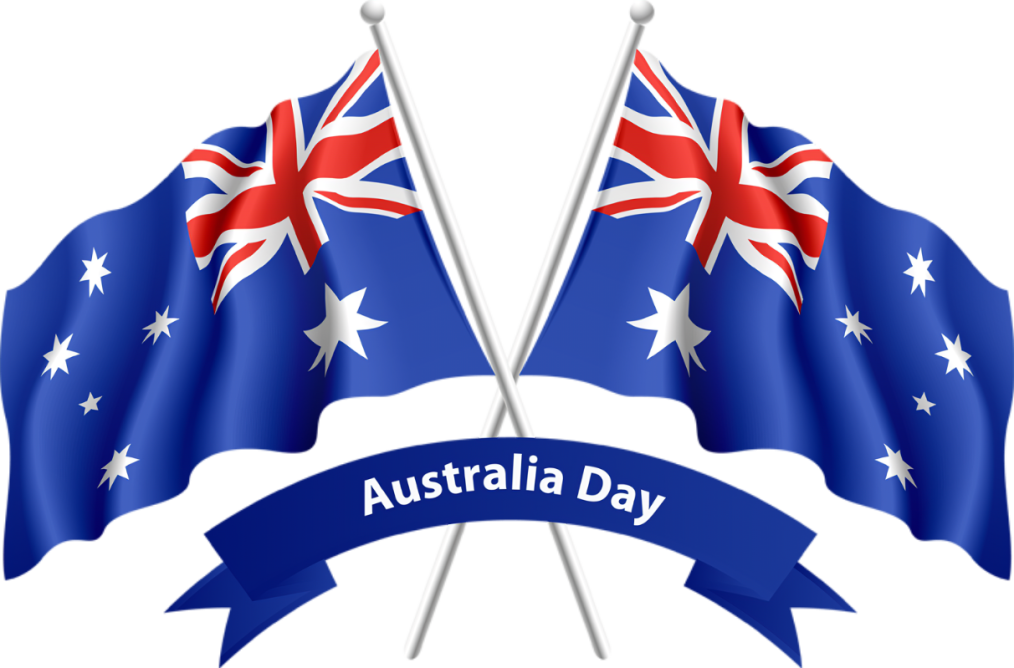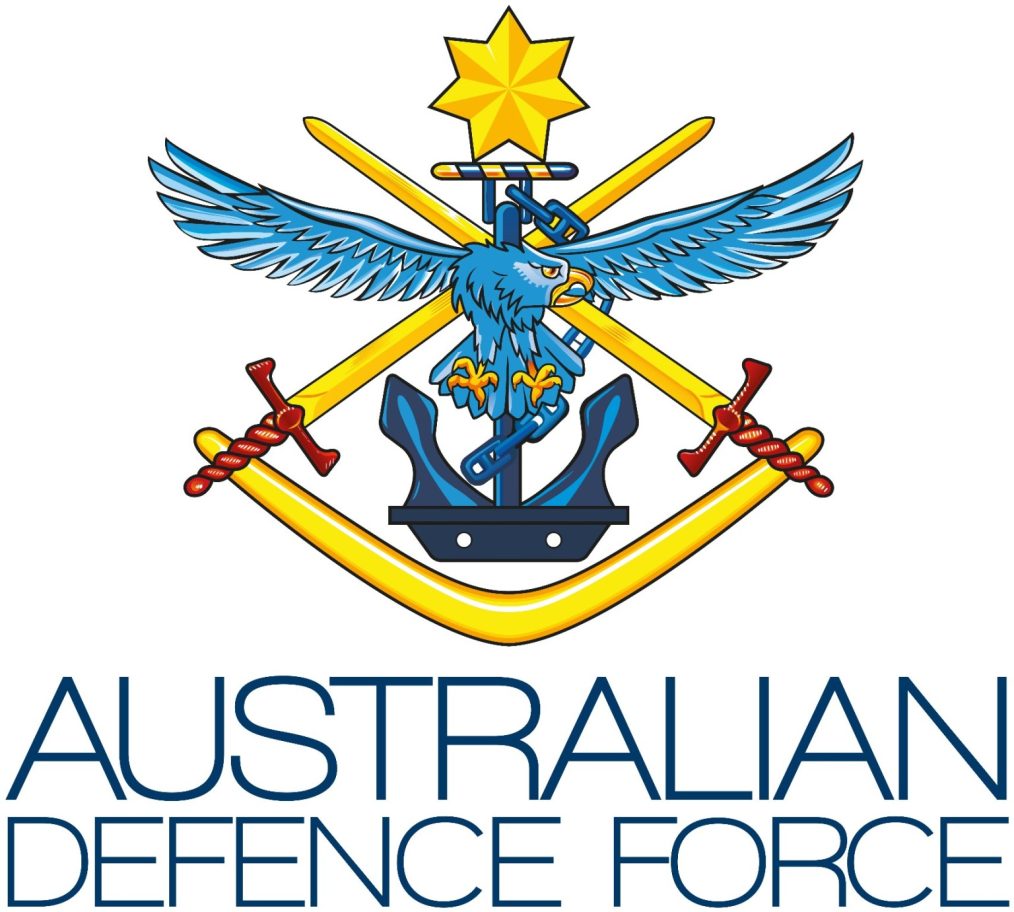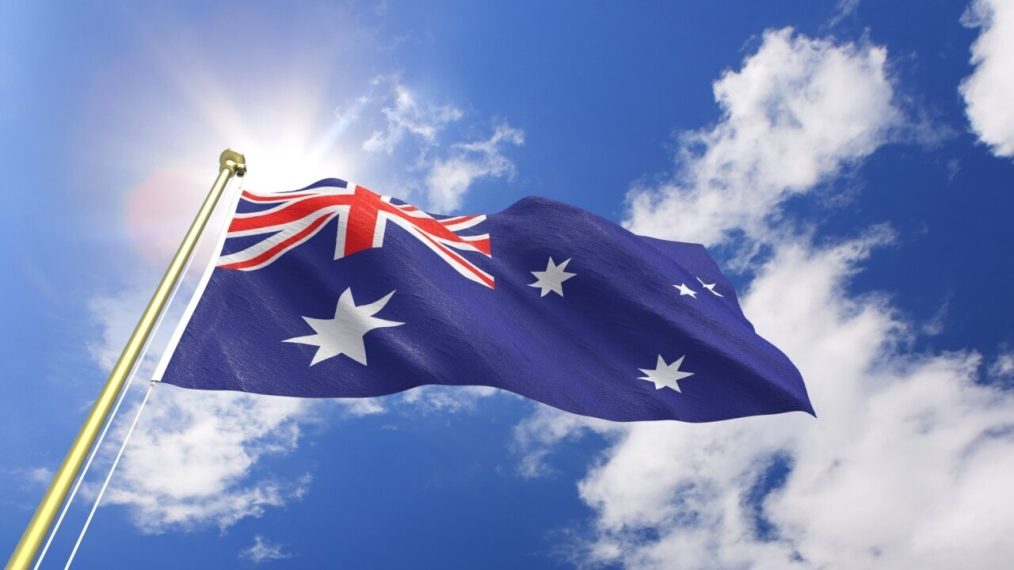ED: I am drawing attention to the escalating issue of youth crime in Queensland, it is imperative that we address this growing concern. The situation has reached a critical point, with adolescents and even children as young as 10 engaging in criminal activities. Law enforcement finds themselves in a challenging position, the judicial system appears to be taking insufficient action, and juveniles released on bail persist in committing crimes.
The scope of the problem is evident in the theft of vehicles from private garages, and the brazen display of criminal activities on social media further compounds the issue. The frustration within the Queensland Police Force is palpable, leading to officers leaving in significant numbers.
Acknowledging that this is a politically charged matter, I am sharing information about the LNP’s proposed plan to address youth crime. As of now, this plan stands as the primary initiative put forth to tackle the issue. It is crucial to recognize that many Queenslanders, if not directly affected, are connected to someone who has experienced the impact of youth crime in their communities.
QUEENSLAND YOUTH CRIME OUT OF CONTROL.
In 2015 the Labor State Government watered down criminal laws in Queensland.
Since then, crime rates have exploded across the state to crisis levels.
Newly released data from the Queensland Police Service (QPS) sadly proves what Queenslanders from across the state are saying – they no longer feel safe in their own homes or walking in their neighbourhood.
For the first time in 17 years, police data shows nearly 50,000 break and enter offences were recorded across Queensland last year. Police data also shows car theft rose by 116% with nearly 11,000 more vehicles stolen during 2023 compared to 2015.
At the same time there are 322 fewer police now than 18 months ago
This is the result of a third term State Labor Government’s watering down of criminal laws and reduction in police numbers – this is the impact of Labor’s untouchable youth criminals.
For Gold Coast residents between 2015 and 2023 increased:
Car theft increased by 71%;
Break and enters increased by 41%;
Theft increased by 31%; and
Assault increased by 210%.
This explosion in crime is also costing You money.
Crime is driving up insurance premiums for everyone including victims who can least afford it.
The LNP has announced practical solutions to tackle Queensland’s Youth Crime Crisis, reduce crime, and help cut insurance premiums.
These include:
Rewriting the Youth Justice Act and embedding consequences for actions – putting victims’ rights ahead of young criminals;
Unshackling the judiciary by removing Labor’s policy of detention as a last resort;
Delivering gold standard early intervention to turn young offenders around;
Prioritising discipline, guidance, and opportunity for children in residential care to prevent them ending up in the youth justice system; and-
Attracting and retaining more police by giving them the laws and resources needed to do their job.
For too long Queenslanders have been forced to endure the chaos and crisis.
A key responsibility of a government is to create a safe environment for people to live their lives; an LNP Government will have no greater priority than providing this to Queenslanders.




